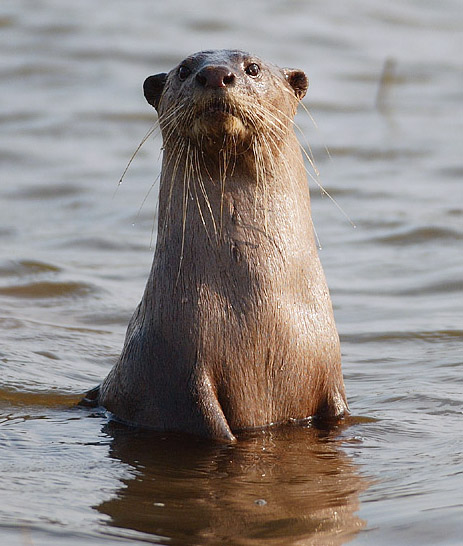Facts About Smooth-coated otter
The smooth-coated otter is a captivating species native to the Indian subcontinent and Southeast Asia, with a unique population residing in Iraq. Regrettably, it is classified as Vulnerable on the IUCN Red List due to significant threats such as habitat loss, polluted wetlands, and poaching.
These otters are notable for their relatively large size and smooth fur. They have a rounded head and a distinctive, hairless nose. As members of the genus Lutrogale, the smooth-coated otter comprises three recognized subspecies.
Typically found in various freshwater habitats, these otters often live in groups. Their diet mainly consists of fish, but they also consume other animals like rats, snakes, and insects. Breeding occurs year-round in regions with abundant food, and females can give birth to litters of up to five pups.
Unfortunately, these otters confront numerous threats, including poaching, habitat destruction, and pollution, which reduce their prey and lead to indiscriminate killing.
Thankfully, conservation efforts are underway to protect the smooth-coated otter. Since 2019, the species has been listed on CITES Appendix I, which provides enhanced protection against international trade. These initiatives are crucial to ensuring the survival of these otters and tackling the numerous challenges they face in the wild.

 Malaysia
Malaysia